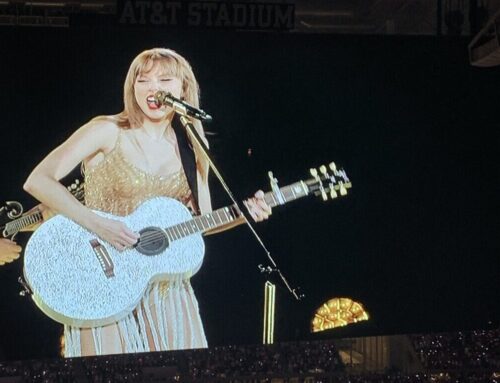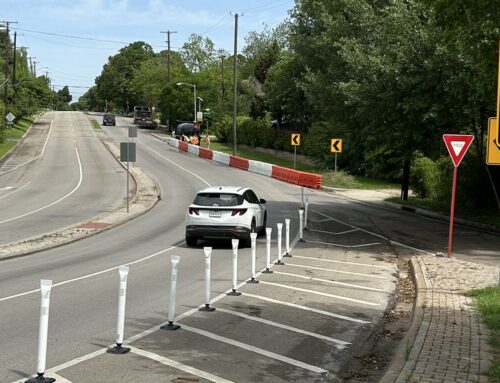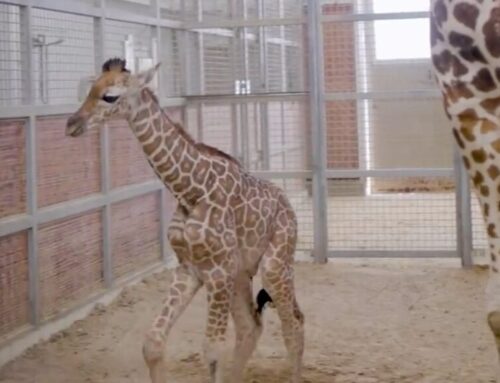Last night’s opening plenary at the Long Center in Austin was truly inspiring for somebody into preservation like me. New Historic Trust for Preservation President, Stephanie Meeks spoke of the need for preservation to be three things accessible, visible and funded. Preservation needs to start reflecting the true American experience and towards that end, include structures that matter to other communities as well; most notably the Hispanic and African-American community and preservationist should reach out to them. Secondly, preservation runs hand in hand with environmental conservation and should be equally supported in the community by the public. Adaptive re-use keeps landfills from filling up with old building materials while adding real dollars to local economies. Austin brought in 1.4 million in tourism dollars last year in historic tourism alone. Lastly, funding on a local, state and national level must be a part of any equation as well as creative partnerships with the private sector.
Middle school students of Tucson, Arizona were honored as the only school in their city that offered adaptive re-use for their old school rather than tearing it down and rebuilding a new one in a local contest. The trip was a a reward for being tomorrow’s preservationists.
Next up was former First Lady and Honorary Chair of the Conference, Laura W. Bush. Who knew we had such an advocate for preservation living right in Dallas. Mrs. Bush spoke passionately and eloquently about the importance of being connected to one’s past. She said that while development could be a good thing, there is an intangible value in preserving a city’s culture and that development had to learn to co-exist with that. She also spoke of her love of the Midland Public Library located in the basement of the county courthouse- the only basement she knew of. Going there meant a great deal to her as a young girl and the architecture helped further her love of reading because it was the only time she got to go underground so it was special. She also talked about the program initiated when she was First Lady of Texas that sought to restore Texas county courthouses. We have over 200, more than any state in the country and she told some anecdotes about several.
Finally, architecture critic for the New Yorker, Paul Goldberger was truly eloquent in his explaining why Austin was chosen as an example of the Next American City. Unlike Houston or Dallas, Austin has always embraced and honored its old and recognized the need for people to be able to connect to their past and the importance of that. Because the old lives right beside the new, there is a balance here and that balance has proven successful. Density and tall buildings do not a city make because a patina is needed or the experience is hollow. The best urban planner can do everything right and without historic architecture there is something missing. Without layers of time, the experience is flat. Preservationists recognize the art of architecture which is really the only art we live among. Preservationists owe it to future generations that they get that same fulfillment in the future that we get now but even more greatly increased by time.
To visit a place like Drayton Hall is a special occasion but when you are lucky enough to live around or in historic architecture, preservation touches you every day and enriches your life and there is immeasurable worth to the city in that. As society rejects sprawl and returns to cities, preservation may become harder but not necessarily because cities offer a value that suburbs do not, windows into our past and the ability to visit there. In a city, the past is visible and nowhere is that more true in Dallas than Oak Cliff. The reason our home tour is so popular is we can travel from the 1900’s 4-square to a mid-century modern in a short afternoon and that is a valuable resource not many other areas of Dallas can offer.
This is one in a series of posts from guest blogger Michael Amonett, who is attending the National Trust for Historic Preservation conference Oct. 27-30, and writing about what he learns and how it affects our neighborhood. Email him at president@ooccl.org.






